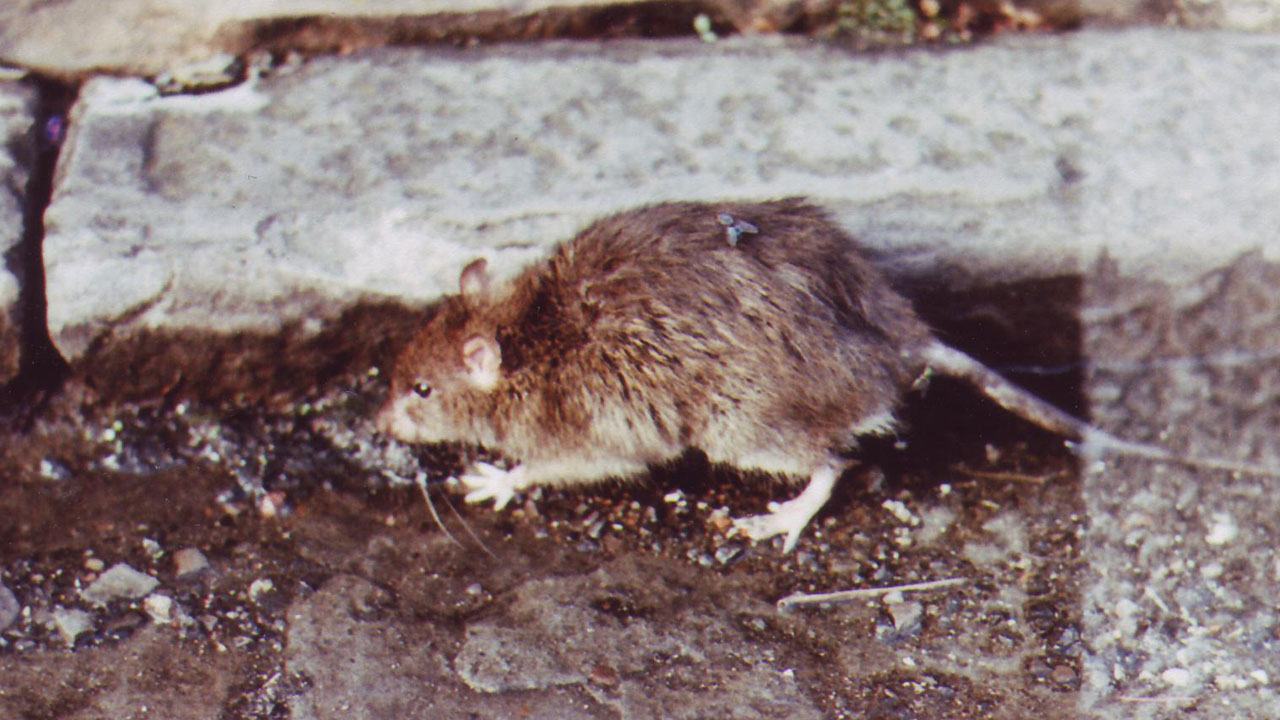Scientists at the Columbia University’s Mailman School of Public Health have put together an estimate of the total number of mammal viruses in the world. That number currently stands at 320,000. There are the global seed banks (currently 6 million varieties stored in 1,300 banks), the human genome, and now, viruses have begun to enter the big data fold.
As Carl Zimmer mentions in The New York Times, viruses have frequently “struck our species without warning, producing new diseases,” citing HIV and SARS as prime examples. Part of the reason for the surprise is that viruses often make the jump from an animal to a human, through zoonosis. A team of scientists discovering 50 new viruses in a bat population implies that there is a knowledge gap to close.
Consider the rat, then. Nuestro amigo. The big little kahuna. It skitters over subway rails, gets a line or two in an old Gay Talese story, and — as of March of this year — is fed chemically-laced bait that could lead to sterilization, though it would have to “consume roughly 10 percent of their body weight… for 5 to 10 days to become sterile.” And you only have to spend a few moments with the map of possible rat activity in New York City before you begin to realize the scale of it all.
 Photo via NYC Dept. of Mental Health and Hygiene. Yellow = passed inspection, red = possible rat activity.
Photo via NYC Dept. of Mental Health and Hygiene. Yellow = passed inspection, red = possible rat activity.
Current health risks associated with Norway rats in general — that is, the brown rat you see everywhere — include hepatitis E (as recently examined in Vietnam, Indonesia, and China), the hantavirus (and you can read about how it affected one pregnant woman in France here), and leptospirosis, the rates of which varied considerably in one neighborhood in Vancouver.
In New York City, there were seemingly temporary concerns about health risks emerging from Sandy-displaced rats, but — as the Deputy Health Commissioner reminded NY1 in 2007 — rats aren’t “what causes food borne disease; they are not what causes poor health conditions.”
So what would a database of viruses mean for New York City when considering both the rat and, say, waste sites and landfills? It would be a relatively cheap thing to build, Science Magazine notes. Current estimates put the cost of rendering a full database at 6.3 billion dollars. (Chasing after and tackling SARS cost an estimated 16 billion.)
I reached out to Scott Meschke, an associate professor at the School of Public Health at the University of Washington for commentary, who said the data collection has only a limited effect on NY:
The use of high-throughput sequencing of unidentified viruses is unlikely to have immediate impacts on public health response. That is not to say that the approach does not have potential for benefiting outbreak response. I do not really see how this approach would necessarily improve the response time [but] it could (if sequences obtained from human clinical cases matched viruses in a database that match another mammal) improve their ability to understand the routes of exposure and develop effective controls. It also have the potential to facilitate early development of therapeutics in advance of an agent emerging, though the economics of this seem questionable.
A chintzy, Soderbergh-styled Contagion is not in our immediate future either, but, if it ever was — which seems like a big “if” — something like this might be worth keeping in mind, for its limited comfort anyway.
(Photo: Walt Jabsco/Flickr)


